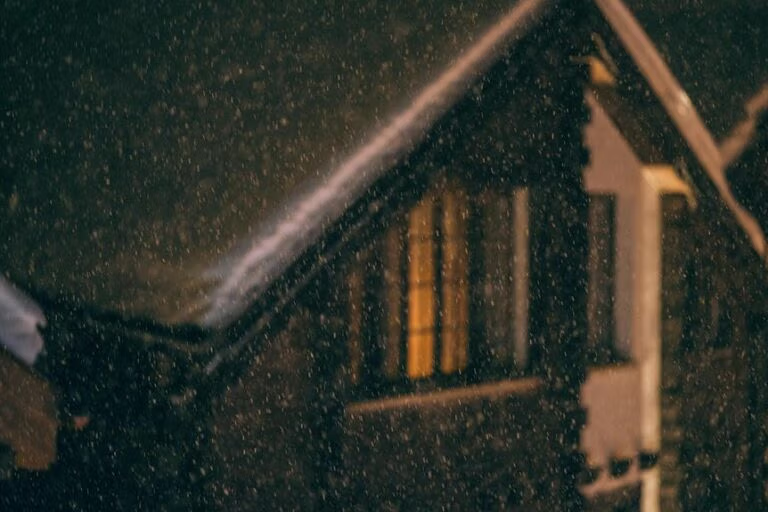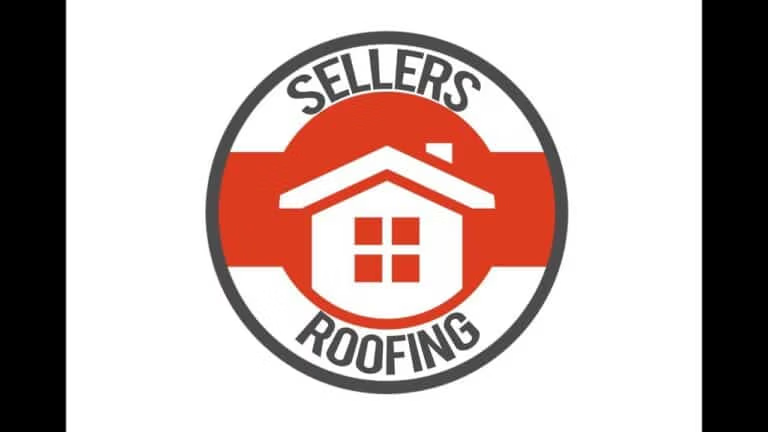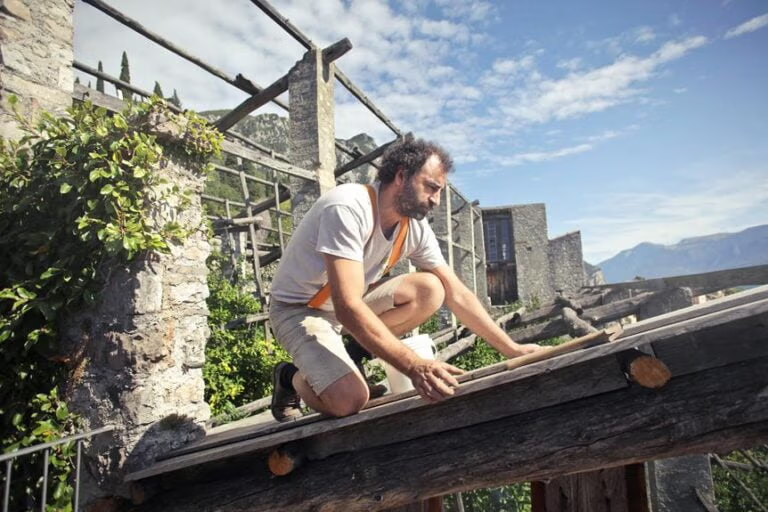Most residential homes can withstand wind speeds up to 100 mph before sustaining significant structural damage. However, roof shingles may begin to peel away at speeds as low as 60–70 mph. High winds from thunderstorms, derechos, or tornadoes can pose a serious threat to your home’s structure—especially if the roof is aging or not properly secured.
At Sellers Roofing Company, we understand the dangers that extreme weather conditions pose to Minnesota homeowners. Whether you’re concerned about your roof’s ability to handle strong winds or you’re recovering from a recent storm, our expert team is here to help. We offer fast inspections, detailed storm assessments, and affordable repair solutions that keep your home protected and your family safe.
Understanding how much wind your house can withstand isn’t just about the walls—it starts at the top. This guide explains the wind resistance limits of most homes, what factors weaken your roof’s integrity, and how to prepare for the next major storm. If you’re looking to reinforce your roof or need storm restoration services, contact us today for a free quote.
What wind speed can damage a house?
- 25 mph-one cannot use the umbrella and whistling of wires and branches can be heard.
- 32 mph-difficulty when walking through the wind and swaying of the whole trees.
- 39 mph-branches begin to break from trees, and vehicles veer on the road.
- 47 mph-small structural damage
- 55 mph-wind begin to uproot trees, more structural damages
- 64 mph and up; most structural damage
4 Ways in Which High-Speed Wind Can Damage Your Home
It is a very brilliant idea to educate yourself on various matters, especially when it comes to huge investments such as a house for your lifetime stay. Below are some of the major types of damage that can occur from high –speed winds.
- Racking-racking occurs when horizontal pressure is exerted by the wind on the house, which causes the building to lean or tilt; this is called racking.
- Sliding-occurs when horizontal pressure causes the building to slide off the foundation.
- Overturning-when the house fails to slide or rack, the horizontal forces from the wind cause the house to completely rotate off from its foundation; while the uplift may be common during the high-speed wind. It is very significant for your home to be inspected by a qualified expert; especially in areas storms are frequent. You can also talk, with your town planners about the building codes in your area to ensure you meet the minimum requirements.
- Uplifting-during strong windstorms, both the direction and speed of winds usually fluctuate, which can put pressure on all parts of your house. The roof is the most vulnerable part of your building. As wind passes over your roof, it creates a lifting effect.
- If the connection between the walls and roof is weak, the entire roof may be uplifted from the rest of the structure. This is called uplift. To mitigate risk from happening, it is very significant for your structure to be inspected by the profession to ensure sheathing is appropriately fixed, and nails are correctly penetrating through trusses or rafters.
Ways to Strengthen, Maintain and Prevent Damages from High-Speed Wind to House

it’s essential to put in place preventive measures to maintain your roof in good shape for many years. It’s recommended you keep checking your roof regularly to identify whether there are problems, identifying problems early will help stop a high cost of maintenance and further damage.
It is vital to keep overflow and gutter clean, and it is better to do so frequently, you can do it regularly even if you have not experienced much wind recently.
Ensure the edges are secured always because wind hits these parts first if they are not in good condition; it can pose a risk to your family. You can do it yourself if you have the experience or get a professional to help you out.
Ensure you trim surrounding trees so that they don’t grow over your house and fall on the roof.
Make sure your roof has enough strength to withstand the load for those living in areas with snow. Ensure the weight is spread evenly over your roof as the uneven load may lead to damage and leaks to your roof.
What You Should Do During High-Speed Wind
Ensure you are indoor when high speed is occurring. Ensure you stay away from windows, move to the lowest interior room in your house or basement. Trailers and manufactured homes are not safe for staying in high-speed wind zones. When you are stranded outside in high winds, look for the safest place you can find, these could be next to a building. During extreme winds, the safest place in an open zone is to lay on the ground or face down in a ditch, with your hands holding your head. Reduce the speed of the vehicle, and it is very significant to drive with alert or caution in high winds. If it becomes difficult to drive during high wind speed, you may consider parking your car while you wait for the winds to end. You can call your local electric utility if there is a downed power line; you can also report to the nearest police station, you should not go near utility poles; downed poles can moisture the ground, so you should stay indoors if the lines fall near your house. You should always consult with your builder so that you can mitigate against the high-speed wind. He will guide you according to what you should do. Regardless of your decision, you should involve yourself in the entire process from when you started to finish to understand what is being done and how to protect your house from this problem. Don’t be afraid to ask anything where you don’t understand and get proper recommendations.






